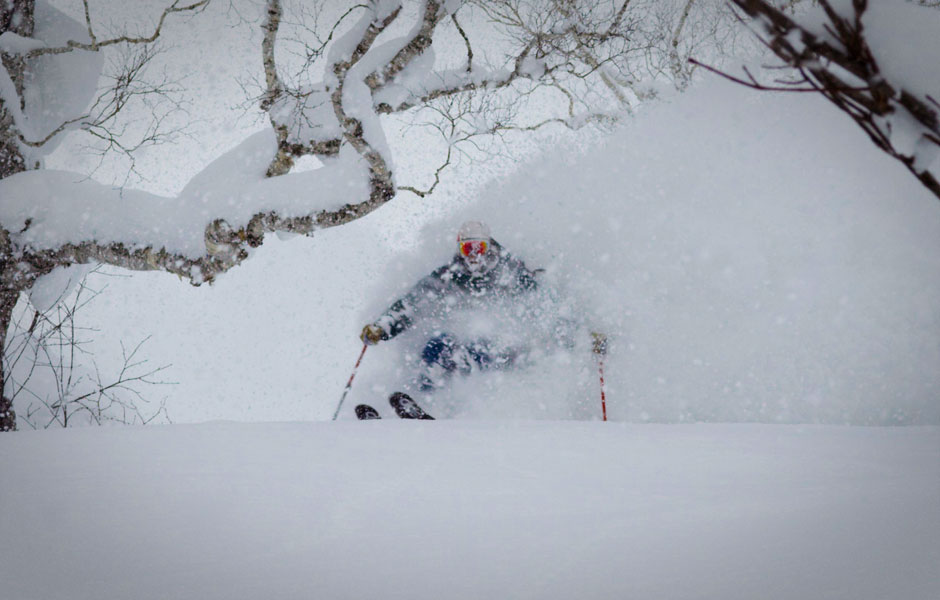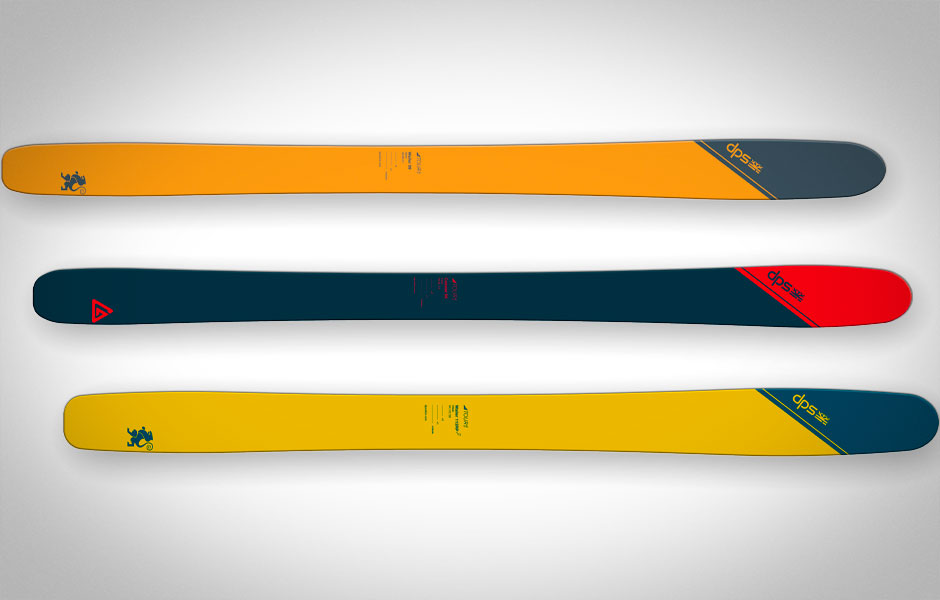- 1. DPS Skis Tour1
- 2. DPS Skis Tour1
- 3. DPS Skis Tour1
Winter is upon us. For those of us that worship at the altar of the Snow Gods, this in-between seasons time is one of anticipation as we carefully watch weather forecasts, tune skis, and update gear. Every snow flurry brings hope that opening day at our favorite ski resorts will be that much closer. This year, we’ve carefully researched the best gear, found new trends in the industry, and discovered what will become favorite innovations. Stay tuned as we unroll our Ski Season Preview.
The last few ski seasons have seen an explosion in backcountry skiing. From early morning tours up the local resort after dropping kids off at school, to multiday excursions into serious mountain terrain, skiing uphill is changing the way many skiers view the mountain. At the forefront of the backcountry movement is the push for lighter gear to take advantage of both the uphill travel, and downhill powder turns. No company we’ve seen is doing this better than Utah based DPS Skis.
Related: Ski Season Preview: Salomon MTN | Video Round Up: Ski Season Edition
New for this year, the Tour1 construction builds on DPS’s carbon fiber manufacturing knowledge to bring a ski to the market for the serious mountain athlete. Their proprietary carbon laminate, combined with an ultra responsive balsa wood core makes this ski nearly forty percent lighter than similar skis for resort use. Additionally, the carbon is much more rigid than other lightweight materials, making DPS Skis built with Tour1 methods much more responsive in all snow conditions than typical ski mountaineering and touring boards. We were able to preview some of the production models for some spring peak bagging in Utah’s Wasatch Mountains earlier this year, and were thoroughly impressed. The Tour1 models retain the edge control and steerability of a much heavier ski, but fly up the mountain while on the skin track. This season the Tour1 construction is available on the Cassiar 95, Wailer 99, and Wailer 112 RP (arguably our favorite ski ever tested). If you’re going to be spending a significant amount of time on the out of bounds hunt for pow this season, there isn’t any other choice than a pair of DPS TOur1 Skis.
As an added bonus this year, DPS has launched a second season of their cinematic series, The Shadow Campaign. If you need a little visual stimulation to inspire you to get out on the snow, look no further than the latest episode of the series, Snowflake





